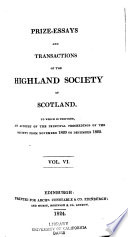 | Cesare Blasi - Architecture - 1824 - 756 pages
...than the denominator. The consequence of this is, that to multiply both the numerator and denominator of a fraction by the same number, does not alter its value; and, therefore, to convert a vulgar fraction into a decimal one, we have only to multiply the numerator... | |
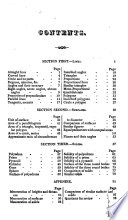 | Timothy Walker - Geometry - 1829 - 138 pages
...proportion — . For ratios are fractions, and to multiply or divide the numerator and denominator of a fraction by the same number does not alter its value. Thus from the proportion 6 : 9:: 10: 15 we have r : -r :: 10x2 : 15x2. • ' t> Apply the test and... | |
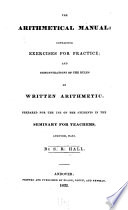 | Samuel Read Hall - Arithmetic - 1832 - 294 pages
...the operations of addition, subtraction, &c. I. Reduce ff § to its lowest terms. As dividing the two terms of a fraction by the same number does not alter its value, we may here divide the 288 and 480 by any number that will divide both without a remainder. 12 We first... | |
 | James Bates Thomson - Arithmetic - 1847 - 434 pages
...fractions, are multiplied by the same numbers ; and multiplying both the numerator and denominator of a fraction by the same number, does not alter its value. (Art. 191.) 63. Reduce -f, f, -J-, and -f- to a common denominator. 64. Reduce f, i, -f, and -f to a common... | |
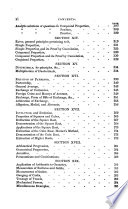 | James Bates Thomson - Arithmetic - 1847 - 426 pages
...fractions, are multiplied by the same number: ; and multiplying » both the numerator and denominator of a fraction by the same number, does not alter its value. (Art. 191.) 63. Reduce -f, f, •}-, and f to a common denominator. 04. Reduce f, i, f , and f to a common... | |
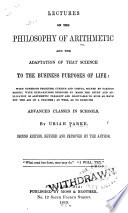 | Uriah Parke - Arithmetic - 1849 - 414 pages
...half. From this proposition the following results as a matter of course^ PROPOSITION 25. or dividing both terms of a fraction by the same number does not alter its value. If the terms of | be multiplied by 2, they become T8Z and if divided by 2 they become f ; but the value... | |
 | Uriah Parke - Arithmetic - 1850 - 402 pages
...this proposition the following results as a matter of course. PROPOSITION 25. Multiplying or dividing both terms of a fraction by the same number does not alter its value. If the terms of | be multiplied by 2, they become f% and if divided by 2 they become f ; but the value... | |
 | Great Britain - 1854 - 500 pages
...Explanalivn of the principle involved in t working of Example о ¡—Multiplying or dividing both tenus of a fraction by the same number does not alter its value. Hence both terms of the fraction t<^)» being first multiplied by 10 and afterwards divided by 2, gives... | |
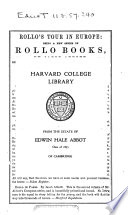 | James Stewart Eaton - Arithmetic - 1857 - 376 pages
...multiplying both nuT mcrator and denominator of this complex fraction, -, by 7, we 7 obtain J ; but multiplying both terms of a fraction by the same number does not change its value (60, Cor.), .-.- = £; ie the reciprocal of f is £ ; and, generally, the reciprocal... | |
 | John Fair Stoddard - Arithmetic - 1860 - 180 pages
...REMARK. — By inspecting Lessons 8th and 10th, we observe, that dividing' both numerator and denominator of a fraction by the same number, does not alter its value. Hence to reduce a fraction to its lowest terms, we may divide both numerator and denominator by any... | |
| |